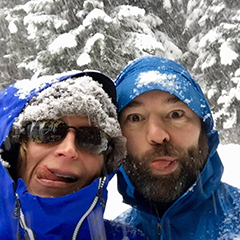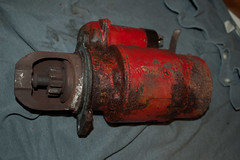Looking at RADAR Navigation vendors
Posted on Thu 18 June 2009 in Geek
I’m beginning my search for how I want to approach my radar and navigation system. I mention them together because RADAR is proprietary and it only works with THAT vendors chart plotters and computer navigation software. The only exceptions to that would be companied like Si-TexKoden who make RADAR for other companies like Rosepoint Navigation Systems. There are a couple other cross breeders like that in the mix but for now I’m just going to look at these as single vendor solution. I’ve been having a lot of trouble keeping the software packages and vendors and who has “HD” or “Broadband” claims. I call them claims because there is no standard usage of those terms across vendors.
The main decision I need to make is to go all PC based or to have a PC Chartplotter mix. I was 100% for Chartplotters, but the more I think about it, they are WAY expensive compared even to a hardened tablet or laptop. \$6000 for a 17” screen is pretty high for a dedicated device, you can also push video to displays on the high end as well, but for the most part that’s it. So now I’m leaning more towards not having chartplotter and going with a hardened laptop or tablet (on a swing arm ?) in addition to regular laptops we’d keep inside the the boat.
For the most part, I think all the other potential instruments will play nicely on the NEMA 2000 network, the only exception to that is I’m considering upgrade from a purely depth sonar to fish finder or something equivalently more high-res and meaningful than just a simple depth ping.
There is a lot to think about there but for now here’s a screenshot of my comparison thus far and I’ll keep the complete Marine Navigation Comparison online. I’ll update this over time and probably add some twists to it as I start to look at NEMA 2K displays, cabling and other components as well.






